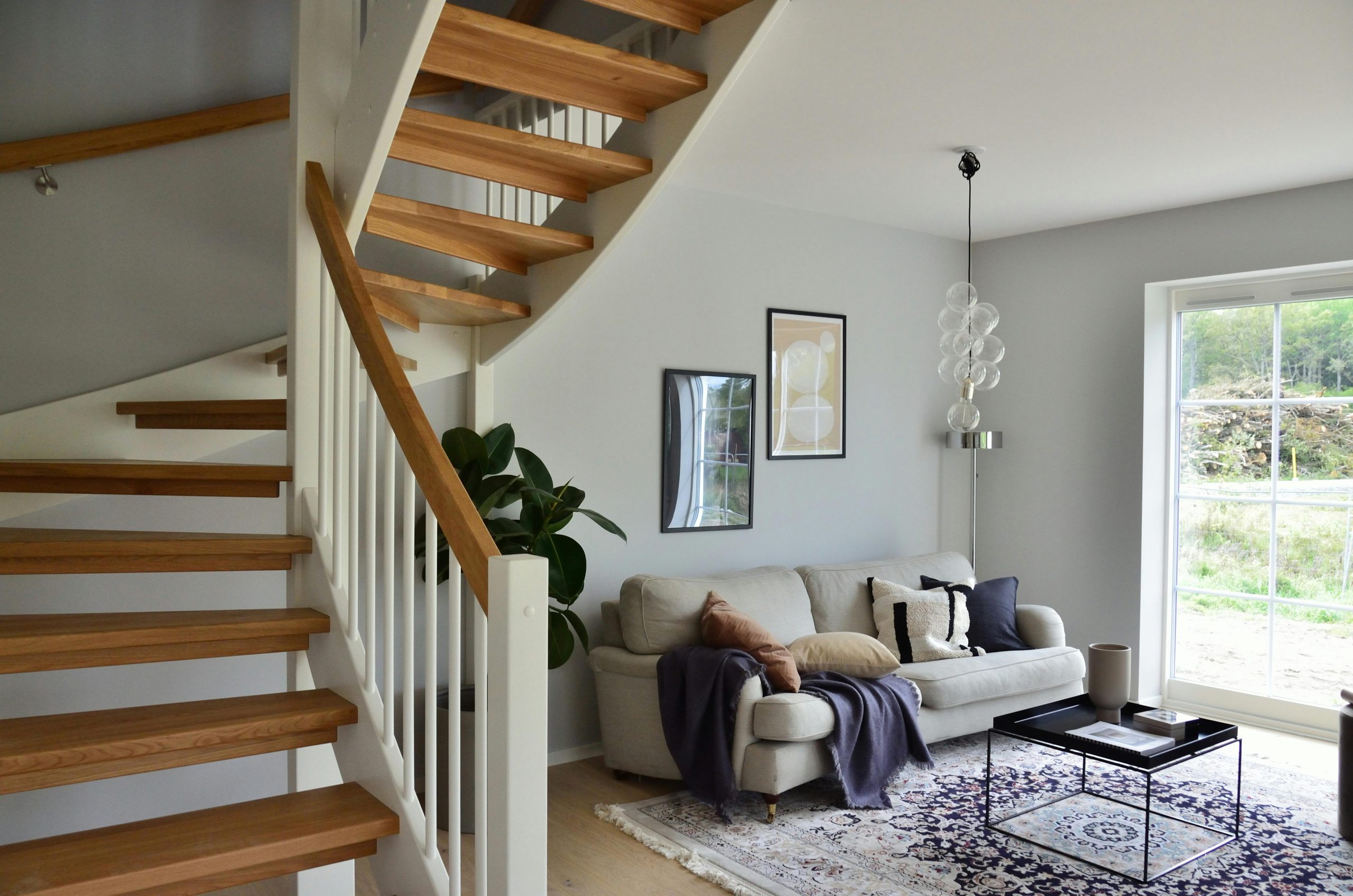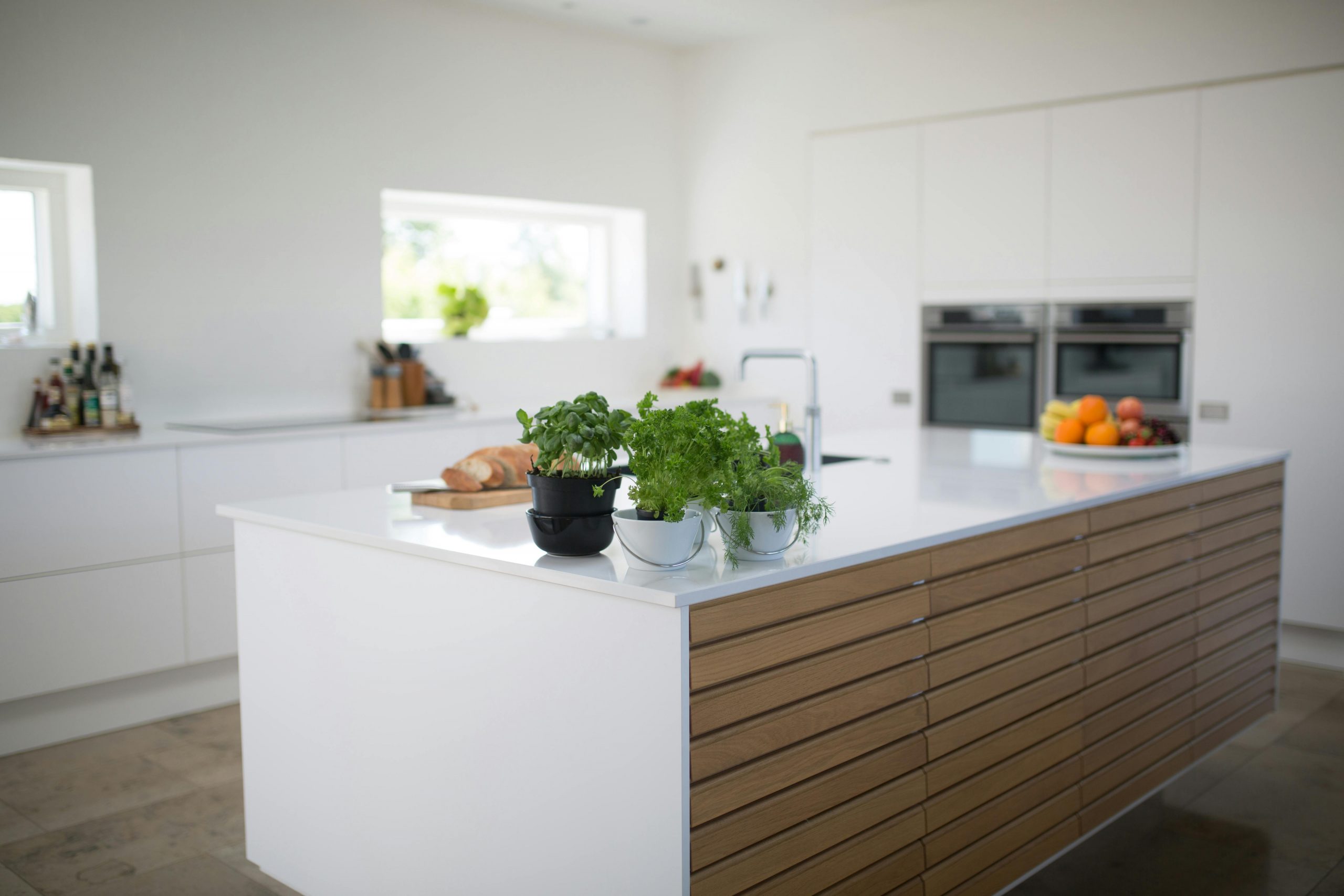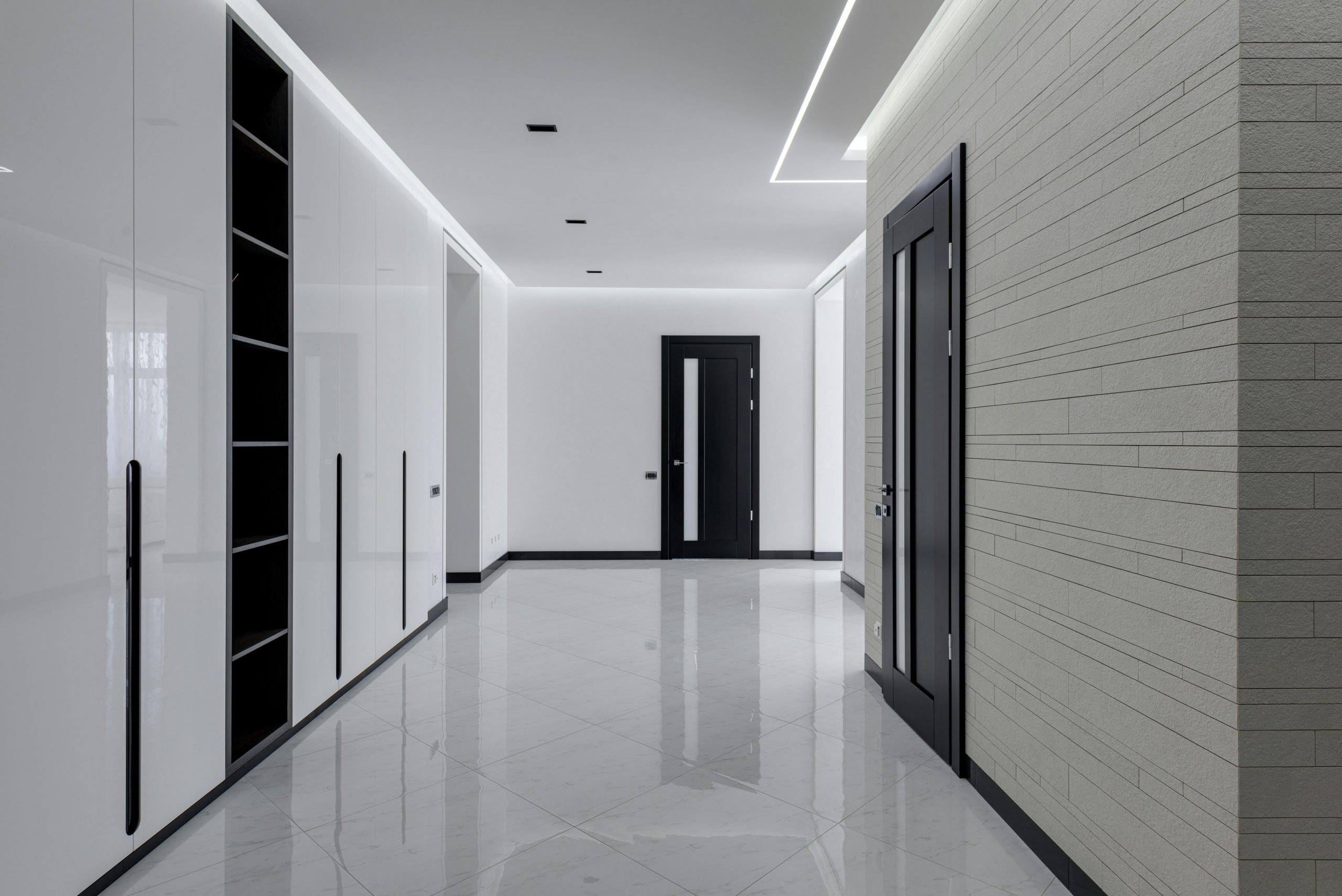
- Sustainable building materials like bamboo and recycled steel are becoming popular for eco-friendly and aesthetically diverse construction and renovation projects.
- Water conservation is a key feature of modern eco-friendly homes, with technologies like low-flow faucets and dual-flush toilets reducing water usage.
- Green roofing and living walls enhance a home’s beauty and contribute to temperature regulation, energy savings, and improved air quality.
- The future of housing combines comfort, convenience, and sustainability, leveraging technological advancements to help homeowners live luxuriously.
The concept of modern living spaces is constantly evolving. Today, there’s a growing desire for rooms that aren’t just stylish but also functional, comfortable, and luxurious in their own right. This transformation in taste and expectations guides how homes are designed and decorated. This guide will explore the latest trends in modern home design and how you can incorporate them into your living space.
Redefining Key Rooms
The following rooms are the focus of improvement when transforming your home with a modernistic touch.
Living Room: A Hub for Entertaining and Relaxation

The living room has always been central to every home, serving as a spot for entertainment and relaxation. A smart layout can dramatically enhance the flow and feel of this space. Integrating technology is becoming increasingly common, making the room a connected and interactive experience for families and guests.
Kitchen: The Heart of the Home
Optimizing kitchen workflow has also become a significant consideration, making every cooking session a delightful experience. In the heart of the home, sturdy kitchen cabinets stand out, not just as storage solutions but as design statements that combine style and practicality. Today’s designs lean towards innovative materials and finishes that are stylish and space-efficient.
Bathroom: A Spa-like Retreat
Turning a bathroom into a luxurious retreat is all about creating a calm and serene atmosphere. Upgrading it with advanced fixtures can improve comfort and convenience, making every visit feel like a spa experience.
Home Office: A Productive Oasis
With the increase in remote work, the home office has transitioned from a luxury to a necessity for many. Creating a space that encourages productivity while being comfortable enough to spend several hours a day in is essential.
Designing a home office requires careful consideration of both function and comfort. Ergonomic furniture, such as chairs and desks, can significantly enhance comfort and reduce strain over long work sessions.
Proper lighting is another crucial element in a home office design. Natural light is ideal, but where this isn’t possible, incorporating layers of lighting can prevent eye strain and create a warm, inviting workspace.
Exploring Open Floor Plans
Open floor plans are a hallmark of modern residential design, blending the kitchen, dining, and living areas into a single grand space. This design philosophy not only enhances the aesthetic appeal of a home but also facilitates better interaction among family members.
By removing walls and barriers, natural light can freely flow throughout the space, making the home more expansive and inviting. The increased visibility also allows for easier supervision of children and promotes a more social atmosphere during gatherings.

However, an open floor plan requires thoughtful decoration and furnishing strategies to define areas without traditional walls. Using furniture, rugs, and lighting effectively can help delineate spaces while maintaining the cohesive feel that makes open floor plans desirable.
Smart Technologies for the Modern Home
Integrating smart technologies into the home offers unparalleled convenience, security, and efficiency. These advancements transform people’s lives, making homes more comfortable and responsive to their needs.
Automation and Convenience
Smart home technologies have transformed ordinary homes into spaces of convenience and automation. From lighting that adjusts to the time of day to smart appliances that make life easier, the modern home is now a hub of technological innovation.
Energy Efficiency and Sustainability
Modern homes are not just about luxury and design; there’s also strong emphasis on being eco-friendly. Energy-efficient appliances, sustainable materials, and smart systems that monitor and conserve energy are becoming standard in new homes.
Eco-Friendly Foundations
Sustainable Building Materials
Eco-conscious homeowners increasingly use sustainable building materials for construction and renovation projects. From bamboo flooring to recycled steel beams, the options for durable, environmentally friendly materials are expanding, offering aesthetic diversity without compromising the planet.
Water Conservation Technologies
Innovative water conservation technologies, such as low-flow faucets, showerheads, and dual-flush toilets, have become crucial in building eco-friendly homes. These technologies help reduce water usage significantly, supporting efforts to conserve this precious resource for future generations.
Green Roofing and Walls
Green roofing and living walls add unique beauty to modern homes and provide substantial environmental benefits. They help regulate the temperature within the home, reduce energy consumption, and improve air quality, making them an excellent investment for eco-minded individuals.
In conclusion, the modern home is evolving into a comfort, convenience, and sustainability sanctuary. With technological advancements and a growing focus on eco-friendly living, homeowners can enjoy luxury without compromising their values. The future of homes is bright, with endless possibilities for innovation and sustainability. So embrace these changes and create a better world, one home at a time.



